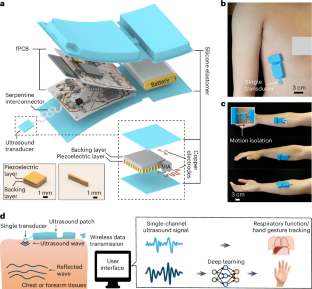2024-10-30 ミシガン大学
<関連情報>
- https://news.umich.edu/accounting-for-bias-in-medical-data-helps-prevent-ai-from-amplifying-racial-disparity/
- https://journals.plos.org/globalpublichealth/article?id=10.1371/journal.pgph.0003555
AIにおけるバイアスの潜在的メカニズムとしての臨床検査における人種差:救急部受診におけるマッチドコホート分析 Racial differences in laboratory testing as a potential mechanism for bias in AI: A matched cohort analysis in emergency department visits
Trenton Chang,Mark Nuppnau,Ying He,Keith E. Kocher,Thomas S. Valley,Michael W. Sjoding,Jenna Wiens
PLOS Global Public Health Published: October 30, 2024
DOI:https://doi.org/10.1371/journal.pgph.0003555
Abstract
AI models are often trained using available laboratory test results. Racial differences in laboratory testing may bias AI models for clinical decision support, amplifying existing inequities. This study aims to measure the extent of racial differences in laboratory testing in adult emergency department (ED) visits. We conducted a retrospective 1:1 exact-matched cohort study of Black and White adult patients seen in the ED, matching on age, biological sex, chief complaint, and ED triage score, using ED visits at two U.S. teaching hospitals: Michigan Medicine, Ann Arbor, MI (U-M, 2015–2022), and Beth Israel Deaconess Medical Center, Boston, MA (BIDMC, 2011–2019). Post-matching, White patients had significantly higher testing rates than Black patients for complete blood count (BIDMC difference: 1.7%, 95% CI: 1.1% to 2.4%, U-M difference: 2.0%, 95% CI: 1.6% to 2.5%), metabolic panel (BIDMC: 1.5%, 95% CI: 0.9% to 2.1%, U-M: 1.9%, 95% CI: 1.4% to 2.4%), and blood culture (BIDMC: 0.9%, 95% CI: 0.5% to 1.2%, U-M: 0.7%, 95% CI: 0.4% to 1.1%). Black patients had significantly higher testing rates for troponin than White patients (BIDMC: -2.1%, 95% CI: -2.6% to -1.6%, U-M: -2.2%, 95% CI: -2.7% to -1.8%). The observed racial testing differences may impact AI models trained using available laboratory results. The findings also motivate further study of how such differences arise and how to mitigate potential impacts on AI models.


